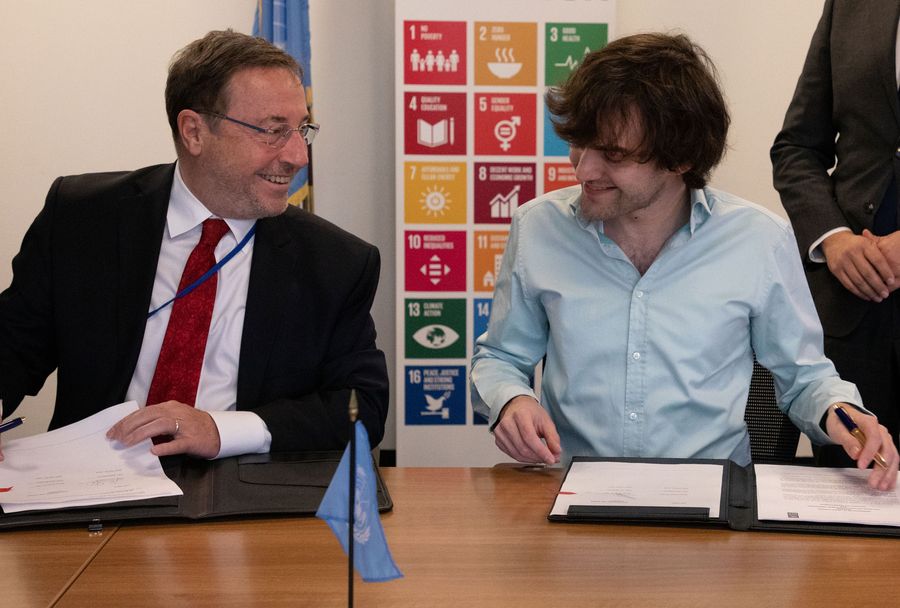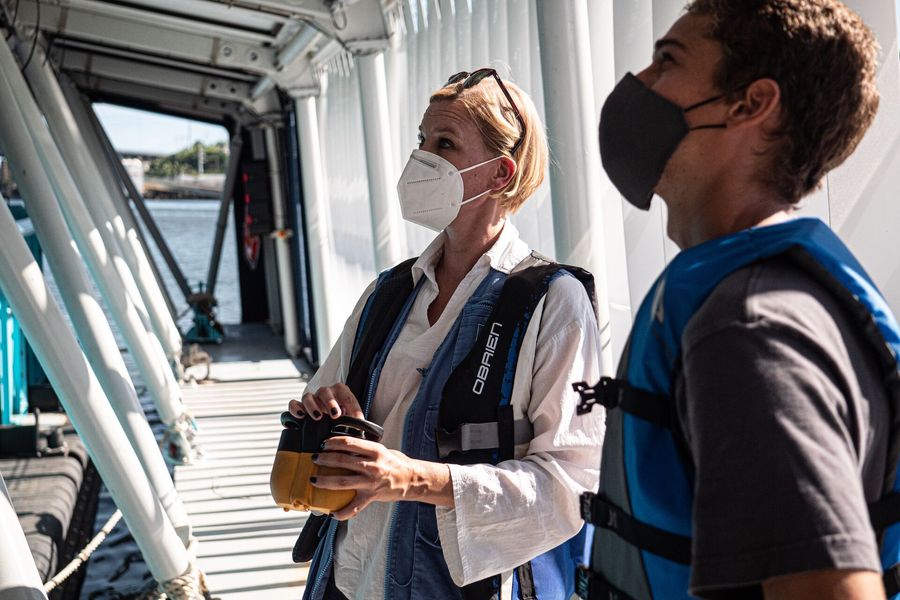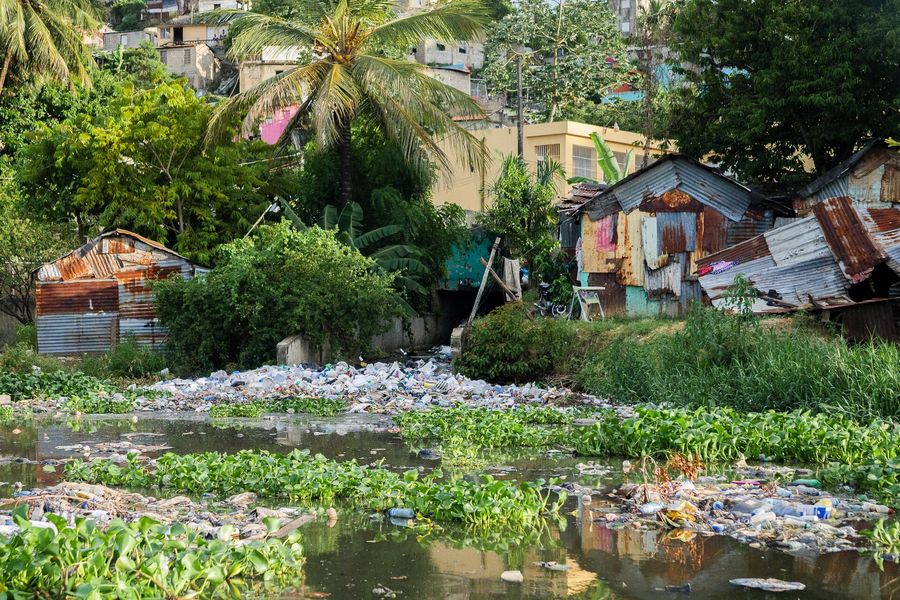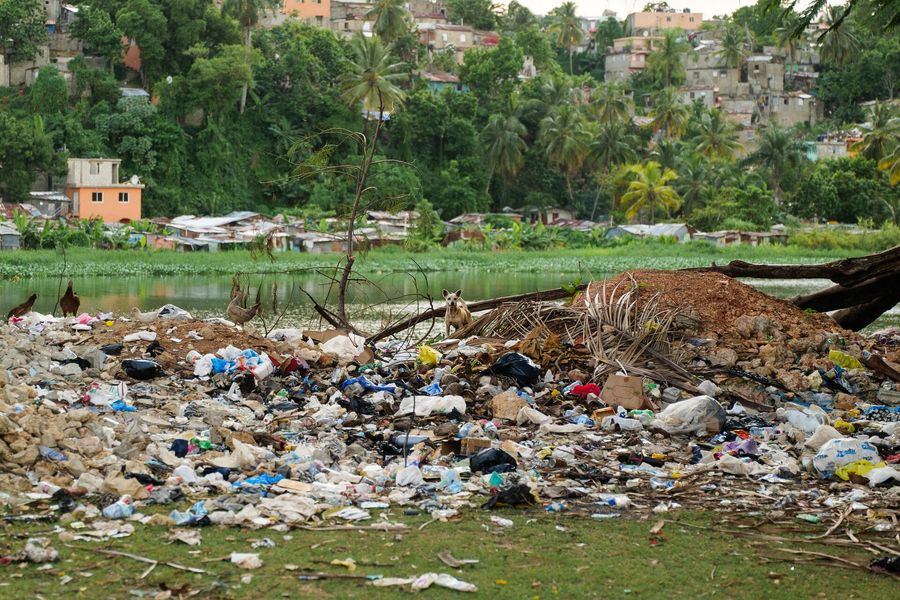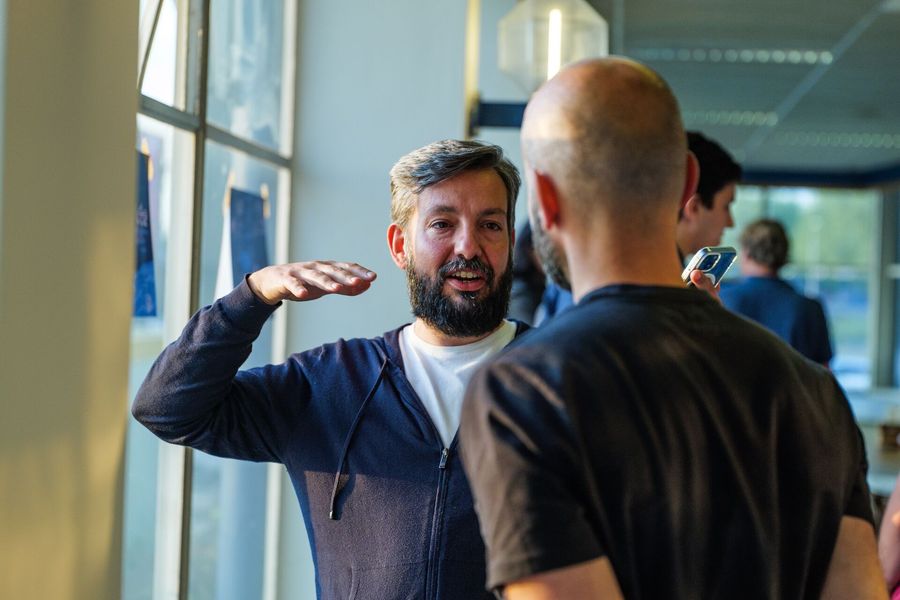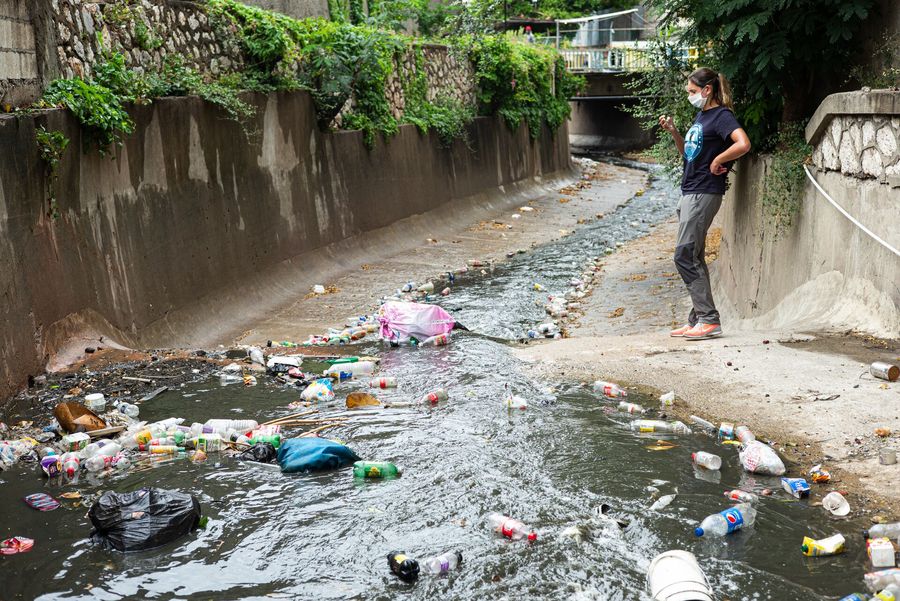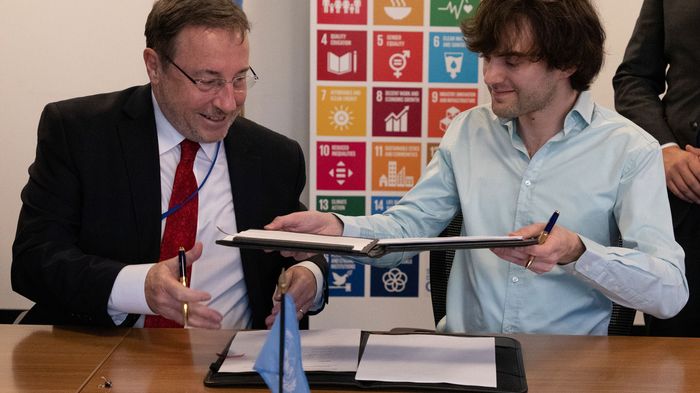
The Ocean Cleanup and the United Nations: Partnering with UNDP
Back to updatesThe Ocean Cleanup and the United Nations Development Programme have joined forces to eliminate plastic pollution around the globe. We explain what this new deal means, and how The Ocean Cleanup is bringing our mission to the forefront of global attention.
Our mission is to rid the world’s oceans of plastic. To do this, we look to work with others who can help us – from local waste management operators to the most impactful international organizations, such as our new partnership with the United Nations Development Programme.
WHAT DOES UNDP DO?
The United Nations Development Programme (UNDP) was founded in 1965 and is the UN’s global development network. Headquartered in New York City, UNDP helps countries achieve positive and sustainable development through sharing of knowledge, expertise and resources. UNDP is active in over 170 countries, assisting governments and communities with a focus on sustainable development, good governance, and climate and disaster resilience.
UNDP has become an invaluable partner to many organizations around the world. Introducing new technology and intervening to restore a country’s natural environment, as we do when deploying our Interceptors in rivers – requires a huge amount of regulatory and administrative work, often in an unfamiliar country where on-the-ground expertise is essential. UNDP can provide this assistance, meaning we can get on with the job of cleaning plastic.
But that’s not the main role of UNDP around the world. It also works to raise awareness and guide governments and authorities towards more sustainable policies, such as those concerning plastic pollution and waste management. This is in complete alignment with our mission – making The Ocean Cleanup and UNDP a powerful team.
HOW WILL THE OCEAN CLEANUP AND UNDP BE WORKING TOGETHER?
Whenever an organization like The Ocean Cleanup wants to bring innovation or technology to a new community, UNDP can connect them with local and national governments, community representatives, youth leaders and commercial partners to help get deployments off the ground.
We’ve seen this already in Dominican Republic, where Interceptor 004 has been operational in the Rio Ozama since 2021. UNDP has been our partner in Dominican Republic from the beginning, helping us collaborate with local waste operators and coordinate maintenance work – particularly vital during the COVID-19 pandemic. Together, we have helped Interceptor 004 remove over 150,000 kg of trash from the Rio Ozama. Interceptor 004 was upgraded in late 2022 with a longer barrier for greater river coverage, and we expect this initial project with UNDP to continue improving throughout 2023.
However, this new partnership is about more than that. At The Ocean Cleanup, we know that we can’t solve the problem of ocean plastic alone. We know that cleanup is non-negotiable: ongoing efforts to clean the Great Pacific Garbage Patch (GPGP) are essential to remove the legacy plastic which is already there, and will remain there indefinitely unless physically removed – all the time degrading into microplastics. Our Interceptors can also play an equally vital role in preventing new plastic emissions from reaching the ocean and helping stop the problem from worsening.
But we’re not just cleaning plastic; we’re monitoring plastic too. While our Interceptors are deployed in rivers, we are also monitoring how much plastic is flowing into the ocean. Monitoring and data gathering is now an integral part of our Interceptor river deployments, and monitoring plastic emissions from rivers means we can measure the impact of anti-plastic pollution policies and helps ensure stronger accountability of decisions.
Plastic emissions should be seen in a similar context as carbon emissions. In the battle against climate change, it has become essential to monitor carbon emissions because knowing this figure means we can check whether our solutions are really working and confirm that we’re moving in the right direction, and how quickly. In a similar way, riverine plastic emissions will become a central data point in the fight against plastic pollution. Together, The Ocean Cleanup and UNDP have the opportunity to become the leading source of factual and up-to-date information on riverine plastic emissions,
However, these are downstream solutions – solving the problem after the problem has already developed. To truly rid the oceans of plastic, we need to combine downstream efforts with midstream solutions – concerning waste management, recycling and circular economy, for example, and upstream solutions, like those relating to plastic production and government policy (for examples, laws regulating plastic packaging).
Under this new deal with UNDP, The Ocean Cleanup will provide technology, expertise and data monitoring while UNDP will help find opportunities for collaboration and co-development within the country itself. This means we can combine our efforts – The Ocean Cleanup’s Interceptors can reduce plastic emissions and provide data on where our cleanup technology can have maximum impact, while UNDP can assist us by building up local support, while also assisting governments and contributing to policy changes to ensure that countries are able to develop their societies without sacrificing their environments to pollution. The Ocean Cleanup supplies the technology for downstream intervention and monitoring, and UNDP makes us stronger by working further upstream, each contributing to a whole-of-society solution to plastic pollution.
WHAT ELSE IS THE OCEAN CLEANUP DOING AT GLOBAL LEVELS?
Our aim is to put ourselves out of business by removing floating plastic from the oceans – but in order to do that, we have to put in plenty of work back on land.
As well as developing technologies to rid the oceans of plastic, we are also committed to continuous plastic pollution research. We have conducted numerous expeditions to the GPGP (see here and here) and we have fully integrated data monitoring and other research operations into our Interceptor operations. We also collaborate with universities around the world; we are currently conducting a three-year study into rivers on three continents, while becoming a frequently-cited authority on ocean pollution in public and academic discussion.
In other words: we don’t know everything about plastic pollution, but we know a lot more than we did ten years ago. We want to share this information with the scientists and governments around the world who can make the big changes that can support our cleanup efforts. We are partnering or in discussions with relevant organizations such as the UN Global Compact to combat fishing waste (our 2022 research showed that 75-86% of plastic in the GPGP originates from fishing activities) and our scientists attend conferences and other events to exchange information and new ideas with their colleagues, such as the 2022 International Marine Debris Conference in Busan, South Korea.
The United Nations is also targeting plastic pollution through a potential new international treaty which would mean that countries would be legally obliged to take action against plastic pollution – similar to the way the Paris Agreement introduced legal requirements to tackle carbon emissions. The Ocean Cleanup was granted Consultative Status by the UN in 2022 and has participated in early discussions on the new UN Plastics Treaty, presenting our data and arguing strongly that countries have an obligation not only to reduce new plastic emissions into the oceans, but also to clean up the legacy plastic that is already out there.
MOVING UP TO THE NEXT LEVEL
Now that our technology is proven and our catch figures are consistently improving, we are beginning to see our results match our vision. We’re scaling up in both oceans and rivers, and this alliance with UNDP shows that The Ocean Cleanup is ready to work together with the biggest players and the leading actors in the fight against plastic pollution, at the highest levels in the world.
To rid the oceans of plastic, people and solutions must come together – and UNDP can help us do this. Follow our journey to see how The Ocean Cleanup and UNDP bring this deal to life to rid the oceans of plastic.


